Indoor Environmental Quality
Optimize Comfort, Productivity, and Sustainability: Harness the Power of Indoor Environmental Quality Monitoring to Transform Your Smart Building into an Intelligent Haven.
Empowering Air Quality Assurance: Seamlessly Achieve and Maintain Air Quality Standards with Real-Time Monitoring. Our User-Friendly Dashboard and Customizable Alert System Provide Invaluable Insights into Your Indoor Air Quality Evolution.
Our solution measures a wide range of environmental parameters that directly impact health, safety and sustainability:
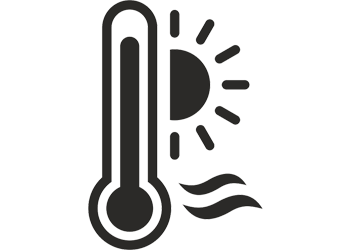
Temperature
Colder temperatures compromise our immune systems and can help spread viruses. Alternatively, setting back thermostats during unoccupied periods provides significant energy savings enabling HVAC systems to work less to bring the indoor conditions back to desired set-points.
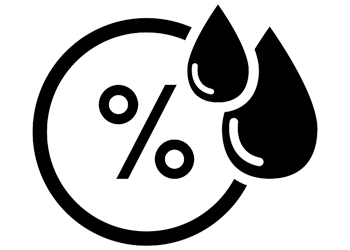
Humidity
Low levels of moisture can lead to dry skin and cold or flu symptoms, while high levels of humidity can lead to mold, mildew, and even structural damage to building elements.

CO2
Exposure to high levels of carbon dioxide can significantly affect the productivity of building occupants through drowsiness and poor concentration. It can also be used as a proxy for building occupancy identifying areas with steady traffic– but are not necessarily “high occupancy” at any single point in time.
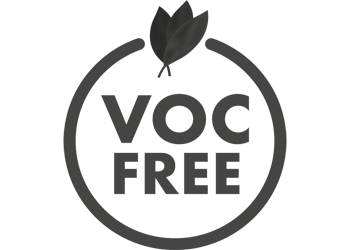
TVOCs
Detect if toxic, harmful chemicals to our respiratory systems are present in the air and mitigate them immediately.
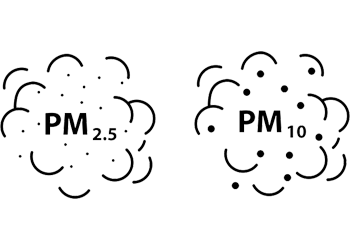
PM2.5 and PM10
These are two categories of particulate matter, which are tiny particles suspended in the air that can have adverse health effects such as asthma when inhaled through deep penetration into the respiratory system and even the bloodstream.
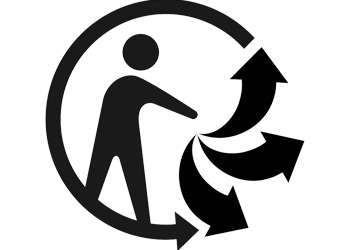
Space occupation & utilization
Relying on motion detection to provide insight into how all of your spaces are being used to reduce energy and maintenance costs and enhance occupants’ health and comfort.

Light
Studies have found a strong correlation between types of lighting and different levels of productivity with warmer levels of lighting promoting relaxation while cooler lighting promotes brainstorming and productivity. Understanding light patterns can also help improve building energy savings.
